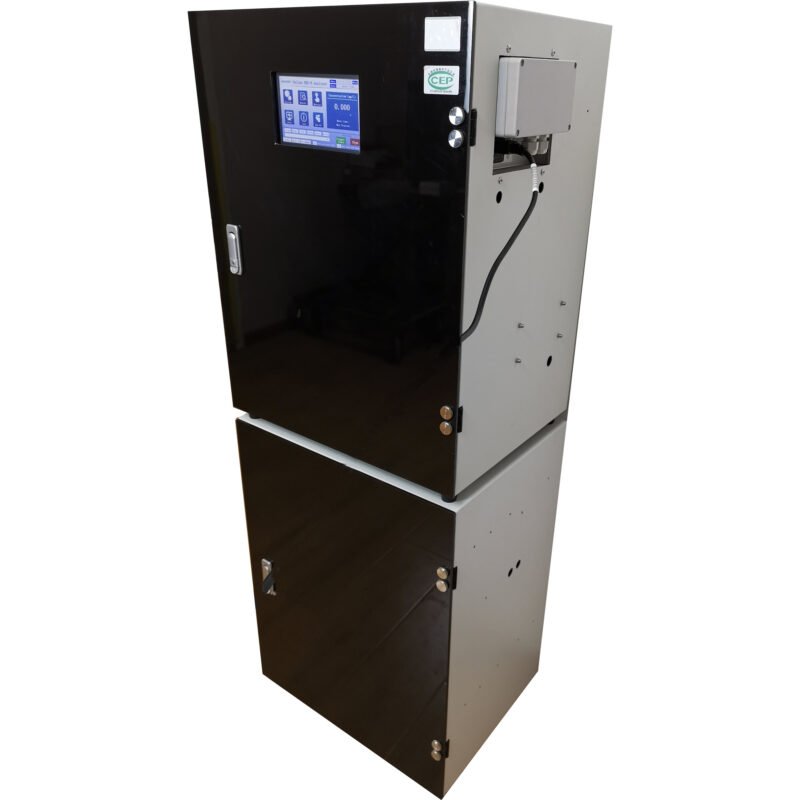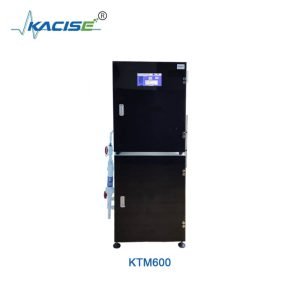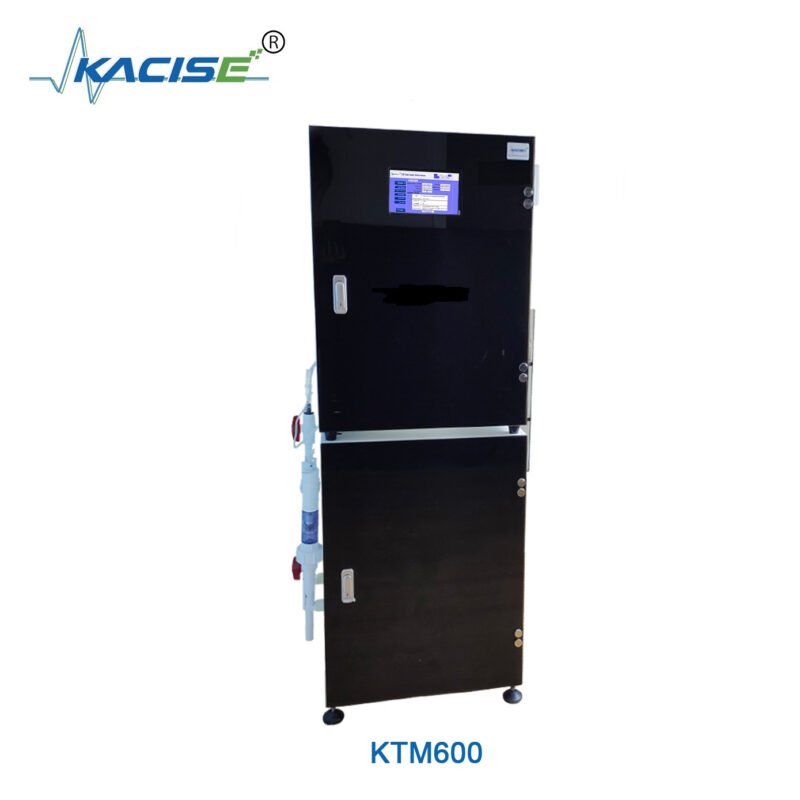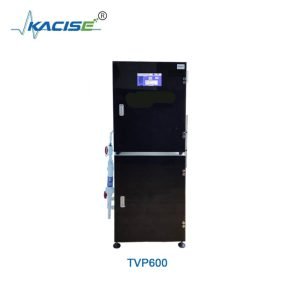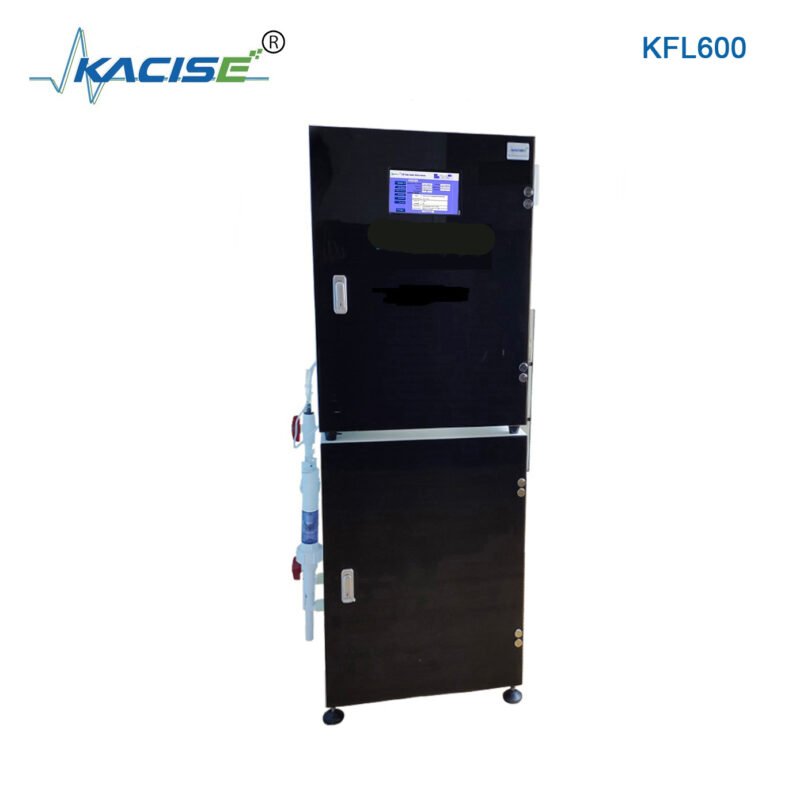Introduction
The total phosphorus (TP) online analyzer is a fully automatic online analyzer that measures the results of various forms of phosphorus in water samples after digestion and conversion into orthophosphate. High total phosphorus content can cause eutrophication of water bodies, among which phosphorus is the main cause of algae proliferation, which consumes a large amount of dissolved oxygen in the water, so it is one of the important indicators reflecting the degree of water pollution.
The water sample first reacts with potassium persulfate (oxidant) to oxidize the phosphorus in the water sample into orthophosphate ions; then it reacts with ammonium molybdate and potassium antimony tartrate (catalysts) to convert the orthophosphate ions into phosphomolybdic heteropolyacids; finally, ascorbic acid (reducing agent) reduces the phosphomolybdic heteropolyacids into blue complexes, and the color of the reaction solution changes. The Total Phosphorus Analyzer detects the change in the absorbance of the solution and converts this change into a TP value.
Features
- Small amount of reagents, replaced once a month.
- Imported valve group (reduces failure rate and maintenance).
- Precision liquid level detection system (surface photoelectric detection, more sensitive detection).
- Dual detectors (automatic compensation, good stability, small drift)
- 7-inch touch screen (simple operation interface, easy to learn, easy to operate, data storage capacity, with W1F function, can be viewed remotely by mobile phone).
- Liquid shortage/leakage alarm.
- Standard with multiple communication transmission methods (4-20mA, RS-232, RS-485).
- Multiple sample making methods (manual, timing, flow trigger, switch quantity).
- Split cabinet, various installation methods.
Technical Specifications
| Test principle | Ammonium molybdate spectrophotometry |
| Range | (0-4)mg/L expandable |
| Lower detection limit | 0.1mg/L |
| Resolution | ≤0.01mg/L |
| Accuracy | ≤5% |
| Repeatability | ≤5% |
| Low concentration drift | ≤5% |
| High concentration drift | ≤5% |
| Digestion time | 15min, can be set arbitrarily |
| Digestion temperature | 125℃ |
| Maintenance cycle | 6 months/time |
| Test basis | HJ/T103-2003 |
| Colorimetric wavelength | 620nm |
| Reagent dosage | Reagent A: 500mL, Reagent B: 500mL, Reagent C: 500mL |
| Communication transmission | 4-20mA, RS-232, RS -485 |
| Relay control | 2-way DC24V output, [can control sound and light alarm warning) |
| Data storage | Can save data for more than 5 years [measurement interval 2h/time) |
| Sample pH | 2~12 |
| Working environment | 5~50℃; temperature <95%; no condensation |
| Power supply | (220±22)VAC;(50±0.5)HZ |
| Power | ≤100VA |
| Dimensions | Upper cabinet: 580*450*288(H*W*D)
lower cabinet: 920*450*288(H*W*D) |

